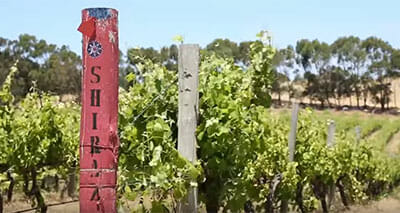Investigating Australian Food and Fibres – Cape Jaffa Wines (video and worksheet)

Produced By:
Wine Australia
States:
Qld, NSW, SA, NT, ACT, Tas, WA
Aimed at:
Grade 3
- 10
Curriculum 9.0:
AC9TDE4K03, AC9TDE6K03, AC9TDE8K04, AC9TDE10K04
Lesson Type:
Subjects:
Keywords:
wines, variety, biodynamic, pesticides, herbicides, PIEFA resource, worksheets
Investigating Australian Food and Fibres – Cape Jaffa Wines (video and worksheet)
This unit of work includes a video and worksheet and is about growing wine and the significance of regional variation.
Video in review: Anna Hooper is a Wine Maker with Cape Jaffa Wines in SA. Anna discusses the 63 different wine regions that are defined by climate, geography and soil types. White and red wine varieties are grown at her South Australian vineyard, using biodynamic production techniques with avoidance of using chemicals, pesticides, or herbicides, choosing instead to use natural ways to control pests. The video also includes some information on the wine making process and the marketing of the wines.
Investigating food and fibres – Cape Jaffa Wines | WORKSHEET
Download the ANSWERS to the WORKSHEET here:
Investigating food and fibres – Cape Jaffa Wines | ANSWERS
Questions:
- How many wine regions are there in Australia?
- What have the boundaries of the wine regions defined by?
- What ‘base’ is the winery on?
- How does this base help the winery?
- What is the soil type?
- What are the two predominant types of wines grown at this vineyard?
- What are biodynamic production techniques?
- How do they describe a biodynamic farm?
- What is the preparation they make on the farm? How is it applied?
- What makes growing grapes unique from growing other crops?
- What makes a red wine ‘red’?
We need your feedback. When you have completed this unit, please tell us what you think via below link  . We try to regularly update the units and your feedback will help PIEFA keep the resources current and relevant to teachers.
. We try to regularly update the units and your feedback will help PIEFA keep the resources current and relevant to teachers.
